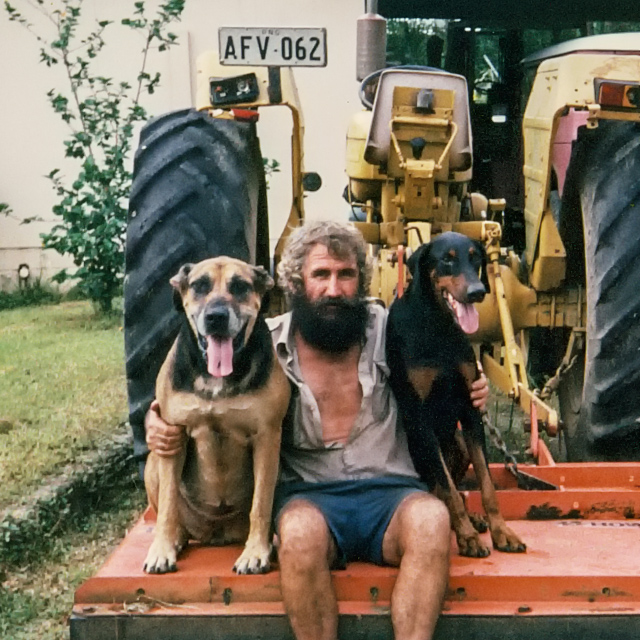Peter Goodenough Memorial Lecture 2013: Killer viruses and killer cells
Description
First US ambassador to France and inventor of the lightning rod, Benjamin Franklin, had it pretty much to rights when he observed: “but in the world nothing can be said to be certain except death and taxes.” All of us would, of course, like to minimise both, though most would agree that those tax dollars we allocate to public health and medical research are well spent when they decrease the risk of disease, debility and death. My own science is focused on immunity to killer viruses that, as Queenslanders we know from the Hendra experience, can jump across from wildlife to cause terrible infections in us. But such diseases are rare: we are at much greater risk from novel influenza A viruses that cross-over from birds, or pigs, to cause human pandemics.
In 2009 we experienced the H1N1 “swine ‘flu” which, though less severe in those born before 1950, caused major problems for heavily pregnant women and those in indigenous communities. Now, we’re watching the emergence in China of a completely novel H7N9 influenza virus that looks as though it would need to change very little in a molecular sense to achieve a high level of spread between people. When it comes to killer viruses, most research funding does come from the public sector, though philanthropies like the Bill and Melinda Gates Foundation provide massive resources to combat infections (malaria, TB, HIV) that are prominent in the developing world. Governments also fund research on killer cells, whether they be the immune killer, or cytotoxic T lymphocytes (CTLs) that help us to recover by destroying virus-producing cellular factories, or killer cancer cells that can sometimes be controlled by CTL-mediated immunity.
When it comes to basic research on immunity, cancer, degenerative neurological diseases and so forth, tax dollar supported research is vital, but it is never enough. Philanthropy allows a flexibility that federal or state granting mechanism can never allow. I’ll tell you a little about that and how it works.
Speaker
Peter Doherty trained as a veterinarian, spent a decade researching infectious diseases of domestic animals and has, for the past 40+ years been involved in basic biomedical research. He and his Swiss colleague Rolf Zinkernagel shared the 1996 Nobel Prize for Physiology or Medicine for a discovery made at the John Curtin School of Medial Research and the ideas they developed (from 1973-5) concerning the nature of cell-mediated immunity and transplantation.
Named Australian of the Year in 1997, he became committed to the public communication of science and has, while continuing his involvement with talented young researchers, written four 'trade' books: The beginner’s guide to winning the Nobel Prize (2005), A light history of hot air (2007), Sentinel chickens: what birds tell us about our health and the world (2012), and Pandemics: what everyone needs to know (2013). His next book will be on science in the public space.
About Peter Goodenough Memorial Lecture
 The Peter Goodenough Lecture is an annual lecture to honour the legacy of giving by Mr Peter Goodenough (1935 – 2004) and is supported by the Peter Goodenough bequest. It is to be given by a prominent speaker who will target the role and importance of philanthropy and science funding to biomedical research.
The Peter Goodenough Lecture is an annual lecture to honour the legacy of giving by Mr Peter Goodenough (1935 – 2004) and is supported by the Peter Goodenough bequest. It is to be given by a prominent speaker who will target the role and importance of philanthropy and science funding to biomedical research.
The bequest, which included funding for a research laboratory is a showcase example of how members of the community can make a powerful and lasting contribution to the future health of all Australians. Mr Goodenough resolved to ensure his personal wealth would be directed to fighting MND, even though he knew he would personally not benefit from the research.
